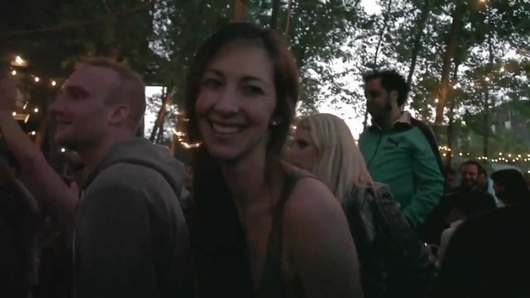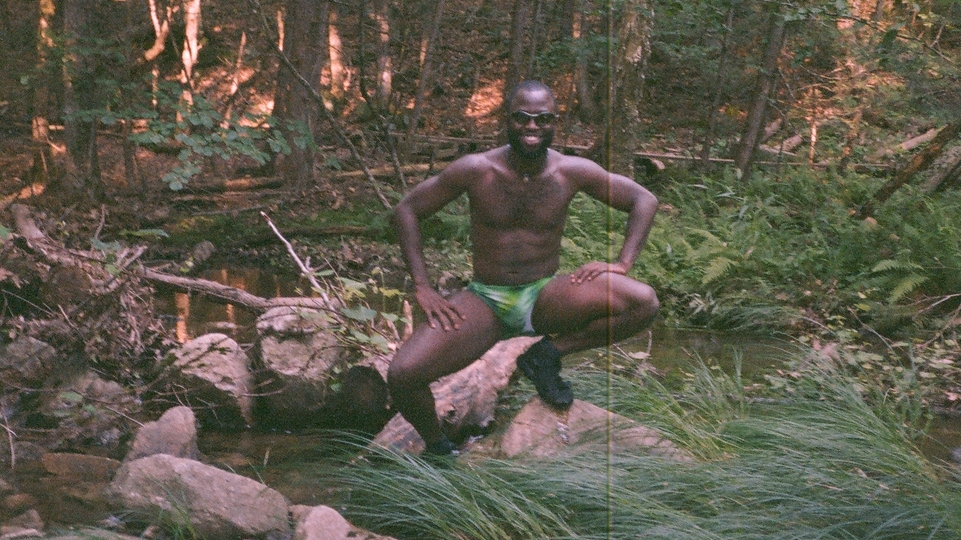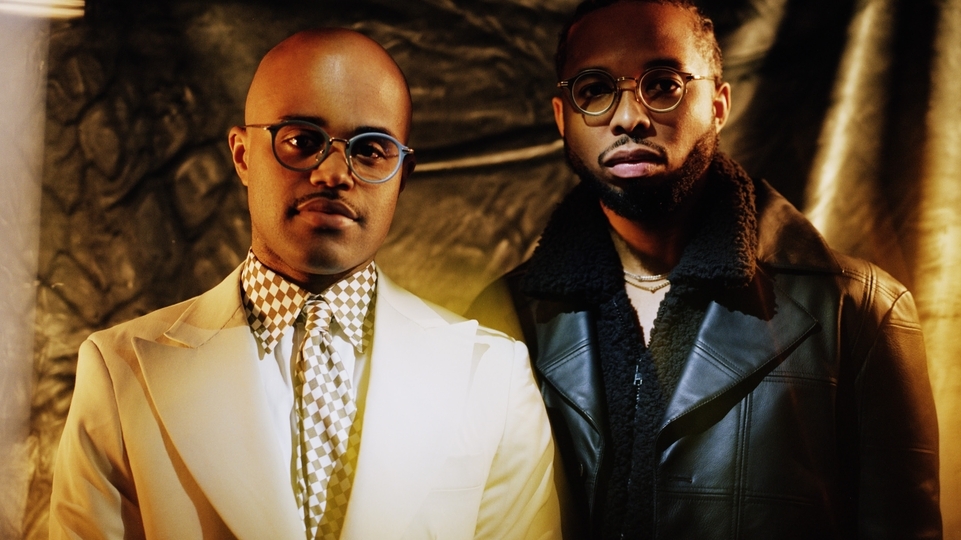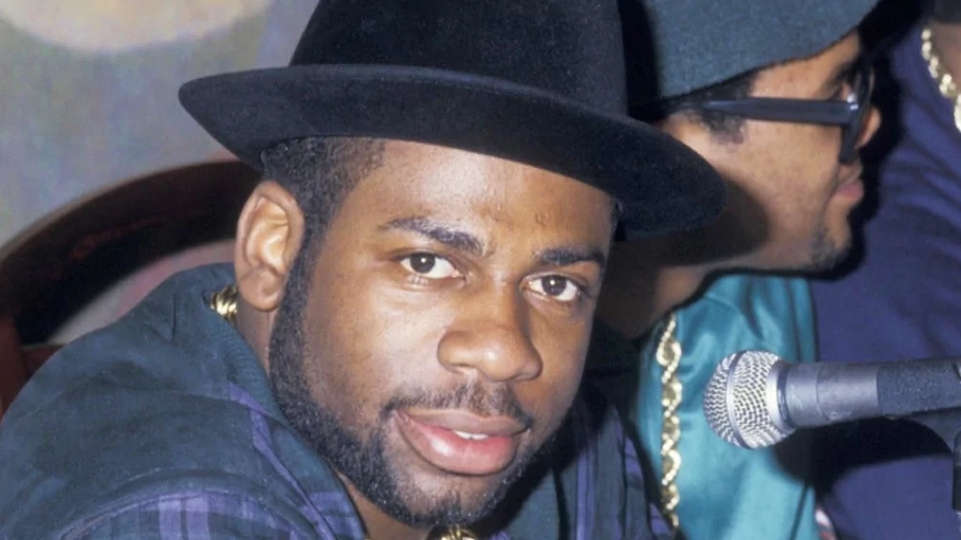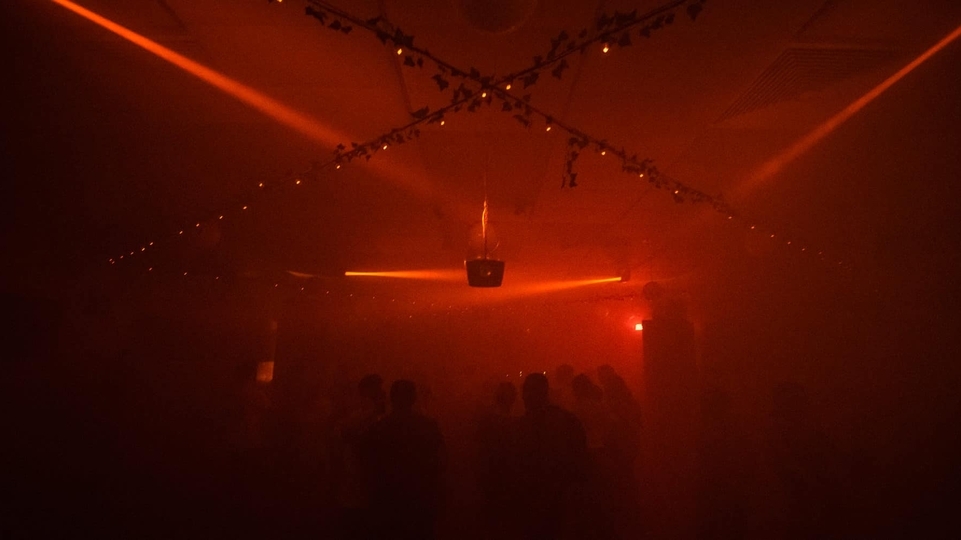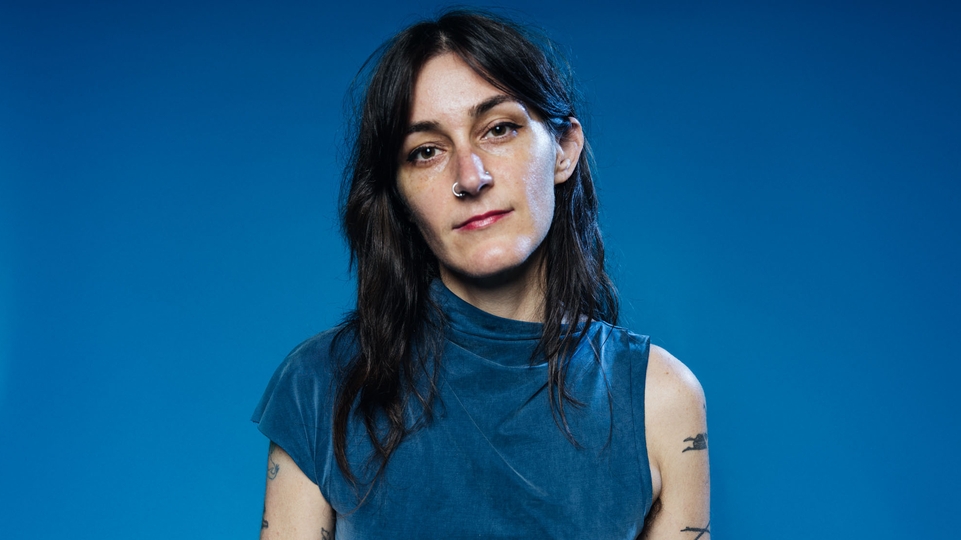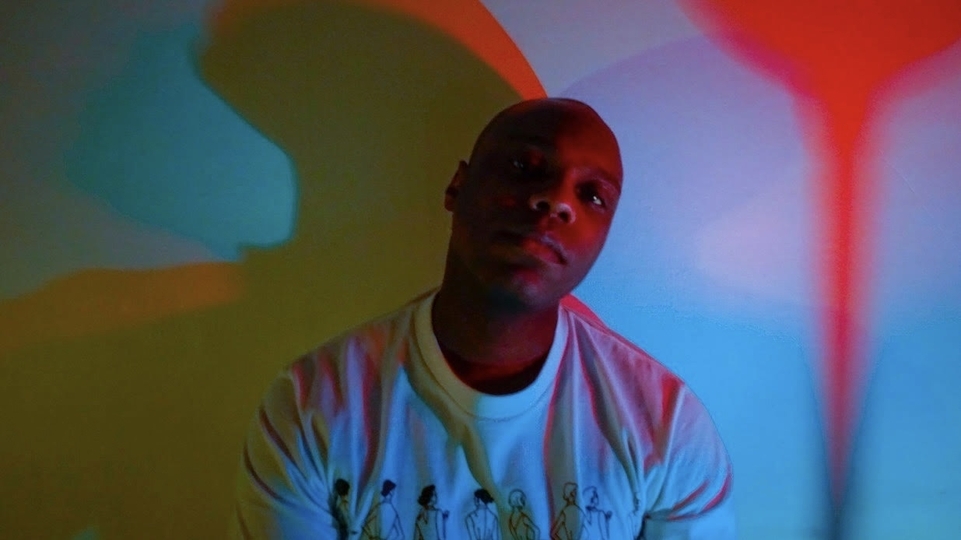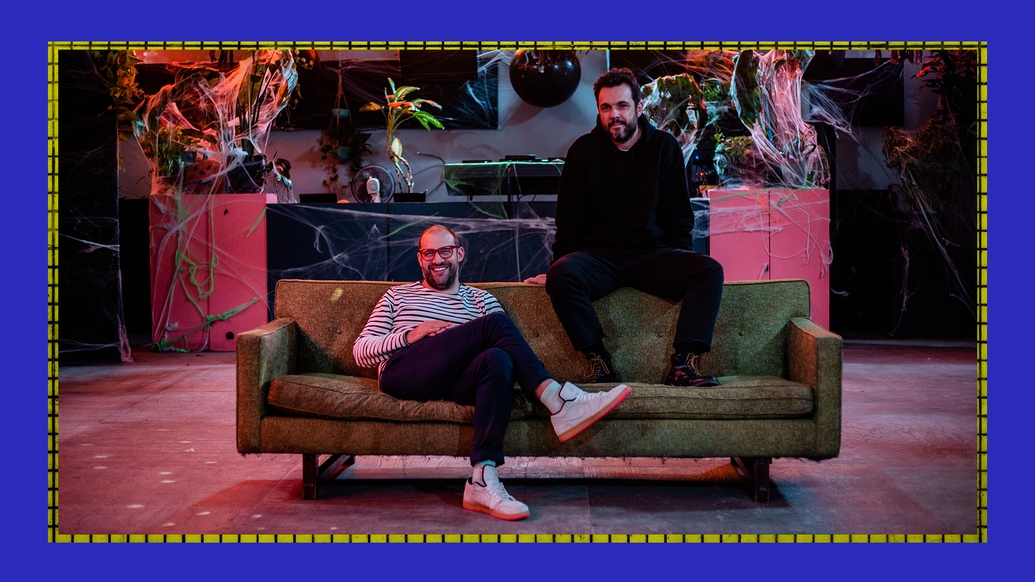
Mister Saturday Night: 15 years of New York’s “by us, for us” party
In early 2009, Eamon Harkin and Justin Carter launched Mister Saturday Night. The party formed the roots of what would eventually become the beloved nightspot Nowadays, a “by us, for us” club that’s become a community hub for NYC’s nightlifers. Following the release of a sprawling box-set to mark the party’s 15th anniversary, and alongside a mix recorded live from the club, Harkin, Carter and a few of the compilation’s featured artists fill us in on what makes Mister Saturday Night so special
It began, as many projects do, because of a nagging discontent with the way that things were. It was the late ’00s, and New York City’s nightlife was far past its glory days, having yet to recover from the rabidly anti-clubbing attitude of the Giuliani administration; Giuliani’s successor Michael Bloomberg wasn’t exactly nightlife-friendly, either. Add to that a city economy marked by escalating gentrification, the dominance of bottle-service venues and a generation of club owners who largely held a take-the-money-and-run attitude, and things weren’t looking good.
Aside from a handful of bright spots, including Cielo and APT, Manhattan’s days as a nightlife mecca were behind it, while the Brooklyn nightlife renaissance was still a few years away — Studio B in Greenpoint had opened, and the warehouse party scene was just beginning to get underway, but it was not yet the clubbing capital that it’s become since. DJs and promoters, at least those with any regard for interesting music, were often shoehorned into ill-fitting environments like hotel party rooms and lounges.
That was the world in which two budding club mavens, Eamon Harkin and Justin Carter, launched Mister Saturday Night, debuting at the defunct Santos Party House on January 17th, 2009. The throwdown went on to spawn the Mister Saturday Night label, the Mister Sunday outdoor-party series, the deep-listening gathering Planetarium, and most importantly, the musically progressive, culturally inclusive, and community-minded club Nowadays. Harkin and Carter are celebrating the party’s 15th anniversary with a 15-cassette box-set, featuring a roster of Mister Saturday Night/Nowadays associates that includes the wide-ranging likes of Aurora Halal, musclecars, Optimo, Ash Lauryn, and Floating Points, as well as Harkin and Carter themselves.
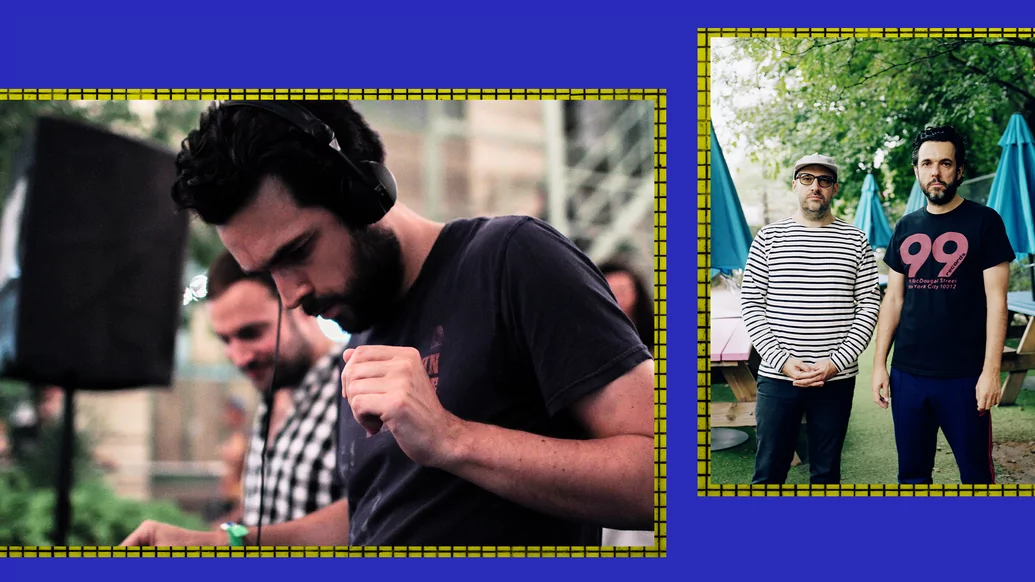
Harkin, originally from Derry in Northern Ireland, was living in London in the early ’00s, DJing at bars in Shoreditch and Bethnal Green. He would check out Optimo’s Keith “JD Twitch” McIvor and Jonnie Wilkes whenever they would play in town, occasionally traveling to Scotland to hear the duo spin their broad-spectrum sets in their native environment of Glasgow’s Sub Club. “The first time I ever heard The Joubert Singers’ ‘Stand On The Word,’ was through Optimo,” he recalls. “And the whole 99 Records world with Liquid Liquid and ESG, all of that I learned from those guys — all of which gave me that initial romantic idea to move to New York.”
In 2003, Harkin made that move. He was hustling for gigs, and going to whatever parties he could, “trying to map out the scene and understand it,” as he puts it. “But it was a weird time, because it was like a year-and-a-half after 9/11, and Giuliani had done his work, and all the clubs were closed,” Harkin says. “It was a very transitional time. I didn't realize that I came in at this sort of low point, and I was a bit bemused as to why I wasn’t seeing this great historical nightlife scene that New York was famous for.” Still, he managed to become a player within the scene that existed at the time, playing at great rock-meets-dance shindigs like Motherfucker and Rated X, and eventually scoring a job as a booker at Studio B.
North Carolina native Carter, who moved to NYC in 1999, had similarly worked his way up the nightlife ladder. He began soaking up the city’s clubbing culture by attending Body & Soul, the tea dance headed up by DJs François K, Joe Claussell, and Danny Krivit, eventually landing a job working as an assistant to the party’s promoter, John Davis; by 2003, he was spinning himself, thanks to connections made through a DJing roommate.
“This was when !!! was really big in New York, and Todd P worked with them to throw these parties in the back room of a Polish bar in Greenpoint,” Carter says. “I went to that, which introduced me to the DIY scene. I didn’t find myself comfortable in hotel spaces — I didn’t feel connected to them at all — so when I saw what was happening in these weird spaces, immediately, I said, ‘That’s what I want to be doing.’” He eventually began putting on his own events. “I feel like that’s the real beginning of my foray into this world as a producer of events.”
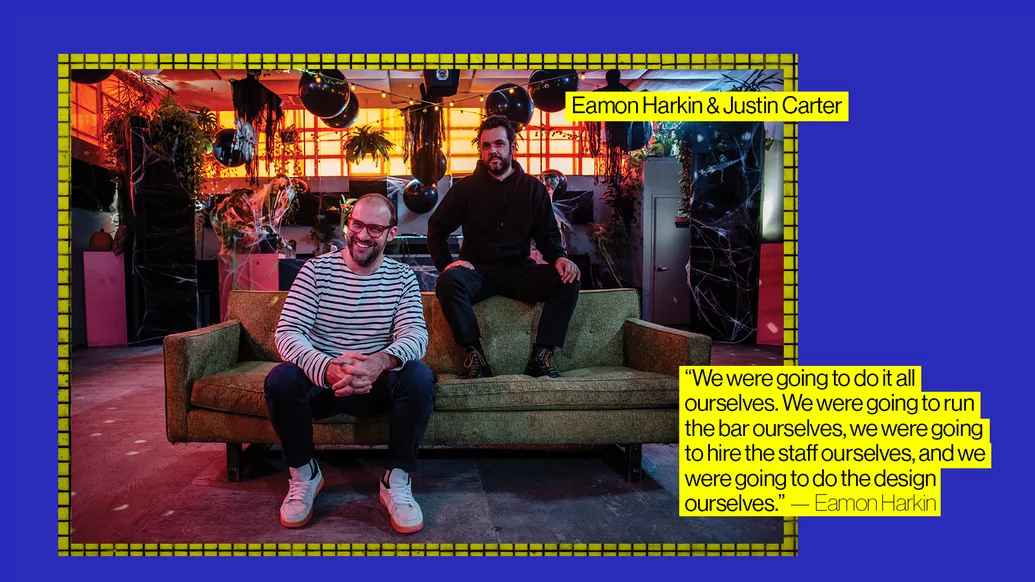
Carter’s events caught the eye of longtime promoter Jen Lyon, who recommended him for the job of music director of APT, a post he held from 2006 through 2008. It was through that gig that Harkin and Carter connected. “I emailed him to try and convince him that it was okay for Claude VonStroke to play APT and Studio B in the same weekend,” Harkin says. “To which I said no, I think,” Carter replies. “Quite rightly,” Harkin adds. “But we met up and started talking about the scene, and then we’re into the story.”
That story begins in 2008 via the weekly Sunday Best party, with Harkin, Carter, and third partner Doug Singer taking over the much-missed outdoor space Gowanus Grove to host artists like Roy Davis Jr., Daniel Wang and DJ Harvey over its several-year run. (The party was the precursor of Mister Sunday, which took over the same spot in 2011.) Soon after Sunday Best had sprung to life, a new Manhattan club called Santos Party House was attracting a bit of buzz.
“Everybody was pretty excited about Santos,” Harkin says, “like, ‘Oh, there’s a new cool club opening in downtown Manhattan'. It was a little bit off the grid in Chinatown, and it had all these cool players involved like Andrew WK and [artist] Spencer Sweeney, and had two rooms and a great sound system. But they didn’t have any sort of cohesive booking strategy or identity for their nights, and they were looking for somebody to partner with, somebody serious about it. Justin and I both ended up in a conversation with them, like, ‘We’re serious people about this, just give us Saturdays.’”
The first Mister Saturday Night, with contributions from original co-residents Twilite Tone and James Friedman along with guests Kerri Chandler and, fittingly, Optimo’s McIvor, debuted as a weekly affair on January 17th, 2009. Throwing a party at the haphazardly-run Santos, though, had its difficulties. “It was chaotic and crazy and sometimes really great and sometimes really not great at all,” Harkin says, “and the net effect was that about four or five months into it, the ability to partner with the owners and have a conversation about how to make this work was completely dysfunctional.”
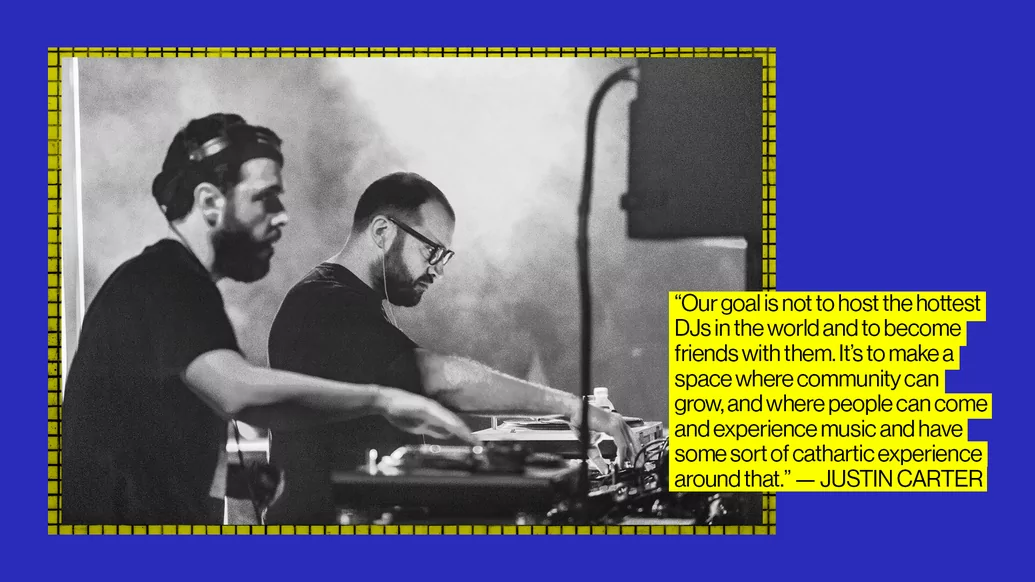
It was then that Carter’s experience within the DIY world came in useful, and by the autumn of 2009, the pair took matters into their own hands and moved the party to a series of Brooklyn alt-venues. “We were going to do it all ourselves,” Harkin continues. “We’re going to run the bar ourselves, we’re going to hire the staff ourselves, and we’re going to do the design ourselves. In many ways, the real beginning of Mister Saturday Night was when we had our first party in the fall of 2009 at the Market Hotel, which at that point was not a proper venue. People lived there! We’d carry speakers up the stairs, and just did it DIY style from there on.” Other venues from Mister Saturday Night’s DIY days include 12-Turns-13, 341 Scholes and the wonderfully ramshackle second iteration of House of Yes.
On many of their nights, Harkin and Carter would serve as the sole DJs — but the roster of visiting spinners they did bring in on occasion included such beloved artists as Terrence Parker, Horse Meat Disco, Ben UFO and Optimo, the last of which have been frequent visitors ever since. “There are lots of people we play for repeatedly, and you get to know them a little bit, but with Eamon and Justin, I think we formed a particularly close bond and a close connection,” Optimo’s McIvor says from his Glasgow home. “We’re coming from similar places with the philosophy of music and how a party should be presented.”
In 2013, the Gowanus Grove space closed down, and Harkin and Carter were looking for a spot that could host Mister Sunday, preferably with an adjacent indoor space that could be a year-round home for a year-round array of events — lots of parties, of course, but also community-based events like seminars, discussions, readings, and more. They found what they were looking for in 2014 at an ex-industrial site just a few feet from Evergreens Cemetery, just over the Brooklyn border in Ridgewood, Queens. That description doesn’t sound promising, to be sure — nonetheless, the outdoor area was spacious and tree-lined, while the raw 5,000 square-foot indoor space was the right size and had high windows allowing for natural light to shine in. Harkin and Carter saw its potential, and signed the lease that autumn. “But I don’t think we fully realised how much it was going to cost, not just financially but to our emotional well-being... and our hair follicles,” Harkin says with a laugh. “But in the end, we got there.”
The first Mister Sunday, with Harkin and Carter at the controls, was held in the outdoor area in October of 2015; by late 2017, dreams further became reality when Nowadays’ indoors, complete with a sound system from SBS Slammer that can compete with most anywhere in the city, was opened for business. It’s been an indispensable part of New York’s underground ecosystem, a hub for meaningful clubbing, ever since.
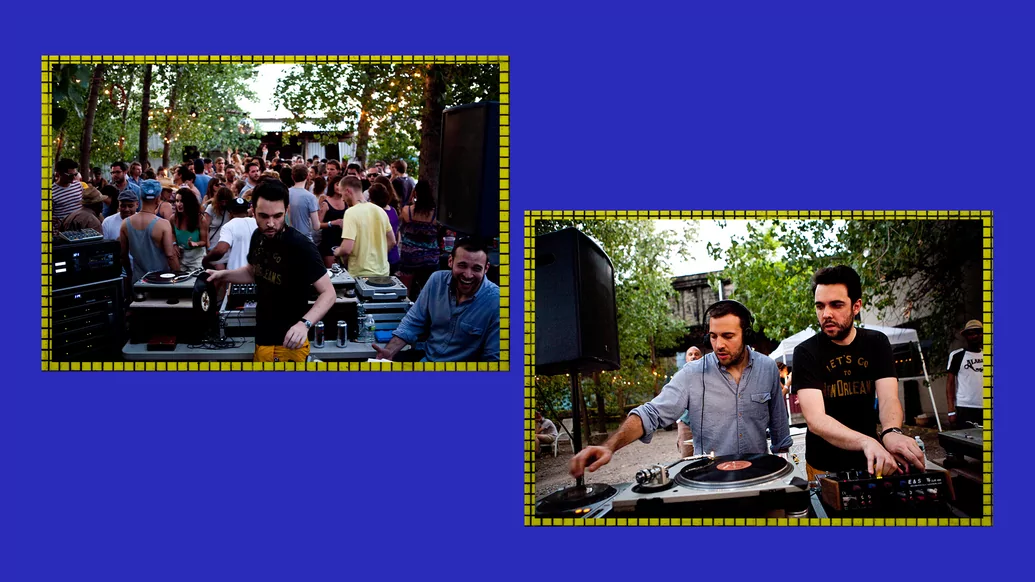
The club has three bookers — Kristin Malossi (aka DJ Voices), Jada Lorraine (better known as JADALAREIGN) and Gareth Solan, who doubles as the club’s director. Though the space gets its share of out-of-town guests rolling through — the likes of DJ Bone, HAAi, and Theo Parrish have all played in recent months — they place the emphasis firmly on local artists. (Parrish is a resident on the club’s short list of those not based in NYC.)
“Our goal is not to host the hottest DJs in the world and to become friends with them,” Carter says. “It’s to make a space where community can grow, and where people can come and experience music and have some sort of cathartic experience around that. Bringing focus to locals, specifically having local residents who play frequently, is a way of building consistency. There becomes a kinship between the audience and the DJ. It’s all about forming an identity of a place, and having people be like, ‘Oh, that’s a song that I hear every time this person plays, or this is a sound that I hear every time this person plays, and that’s what this thing is, and I identify with that, and therefore I feel comfortable going there.’”
Many of those residents appear in the anniversary box-set. Other contributors, like Optimo and Floating Points, are longtime members of Harkin and Carter’s expansive crew. There are stories behind nearly all of their sets, which were either recorded live or inspired by live sets at one of their events. Take Optimo’s typically genre-agnostic mix, for instance — it dates from 2010, when the Mister Sunday party was held in a venue that was basically a Bushwick back alley. McIvor and Wilkes had famously taken their partnership’s moniker from the 1983 Liquid Liquid track of the same name; Liquid Liquid vocalist-percussionist Sal Principato, who had become friendly with the pair over the years, was in the crowd. “Sal would always come, actually,” McIvor says, “and we would always do this thing, like, ‘Do you want to do it?’ And he’d go, ‘Well, maybe, maybe’ — and then he’d do it!”
The duo dropped the song into their set, and true to form, Principato got on the mic and whooped his way through the tune. The results might be a bit messy, but they’re all the more glorious for it. (“Everybody lost their shit,” Harkin recalls.) Then there’s Floating Points’ 2010 set, a gorgeous ode to Black American dance music recorded at the Market Hotel, located on Bushwick’s Myrtle Avenue. It was his US debut, and apparently the night made a lasting impression on him. “The next time I saw him, in his London basement studio near King’s Cross, he played me a dream of a song he’d made,” Carter writes in the compilation’s copious liner notes. “‘It’s called ‘Myrtle Avenue’,’ he said. ‘That night deserved a song.’”
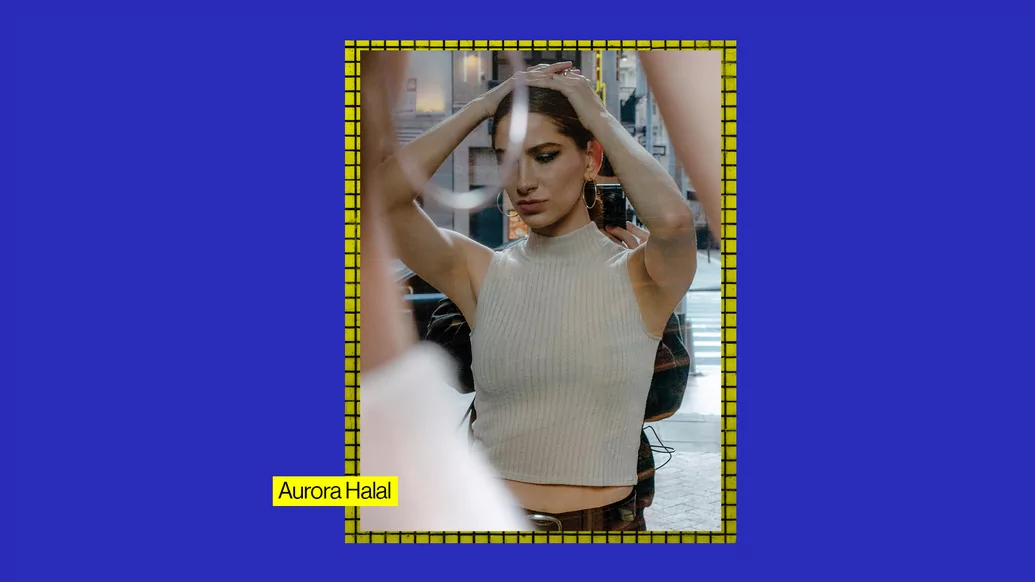
“I think Nowadays was one of the first ‘for us, by us’ clubs in New York for my little micro-generation. It feels like it’s created from within the community that it serves.” — Aurora Halal
The compilation is highlight after highlight throughout, from OK Williams’ raved-up theatrics and Tama Sumo’s swooning house to Harkin and Carter’s own intensely personal sessions — with special mention going to a pair of massively emotive sets recorded at Planetarium, one from interdisciplinary artist and healer Rena Anakwe and the other by Spanish ambient experimentalist Suso Sáiz. Yet another gorgeous Planetarium set comes on one side of Aurora Halal’s cassette, with the other side given over to shimmering techno.
“When they opened the inside,” Halal recalls, “they were like, ‘Yeah, so we’re going to open this space, and we want to have a lot of local DJs, and we want you to be one of them. I was like, ‘Really? Okay, cool!’ It went against what you would normally think that capitalism would have them go with, and I was happily surprised by that vision. I think Nowadays was one of the first ‘for us, by us’ clubs in New York for my little micro-generation. It feels like it’s created from within the community that it serves.”
For the musclecars partners, whose immaculately selected deep house and jazz-flecked soul is in the grand tradition of pioneering New York clubs like the Shelter, it’s the little things that add up to make everything that revolves around Harkin, Carter, and Nowadays special. “I remember Shorty [SBS Slammer honcho Craig “Shorty” Bernabeu] telling me about the Nowadays dancefloor having this flexible material in it, so you don’t get fatigued from dancing for too long,” the duo’s Brandon Weems says. “They have bleachers in the back, so people can still sit and enjoy the music. Or their ‘no phones on the dancefloor’ policy — it helps people to be engaged with the music. All of these little details outside of just playing records to people, Nowadays has a lot of that right.”
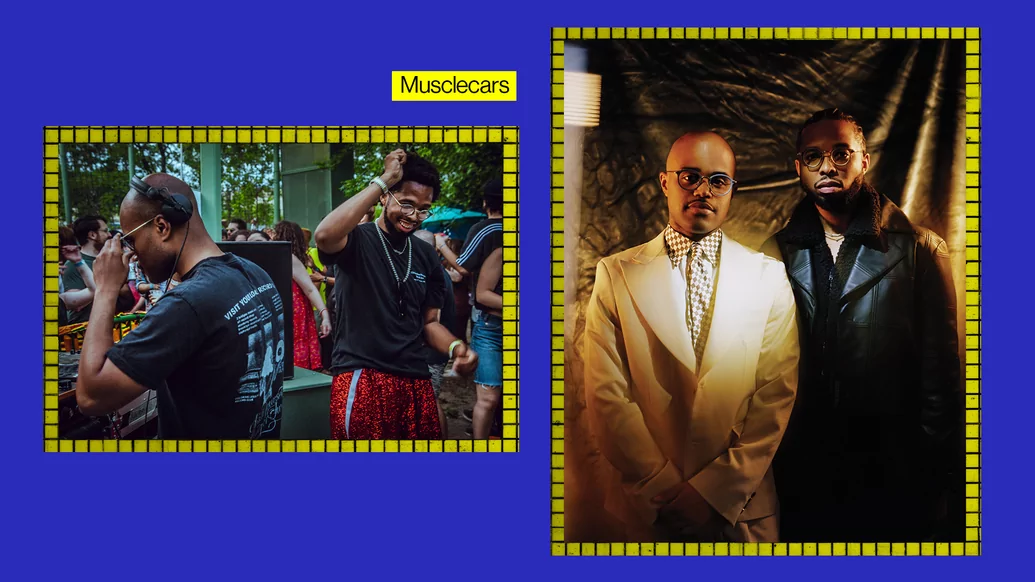
“It’s a really good place for us to be able to shine some light on the lineage of where this all comes from, in terms of nightlife spaces, the intentionality behind them, and the ways to navigate through said spaces,” Craig Handfield adds. “Justin and Eamon, because they think about the trajectory of the music and the trajectory of the night, and everything around the party and the environment... playing at the club feels like a no-brainer.”
For Harkin and Carter, that intentionality is key to the whole endeavor, beginning with Mister Saturday Night’s founding in 2009 to Nowadays’ current leading role in New York’s clubbing universe. “It does go back to the intention of Nowadays,” Carter says. “At one point, we were realising, ‘Oh, wait, there’s a community that’s forming around this’. And with that central point, there are all these different things that could happen around it. You can have an amazing cathartic experience of one kind, like with Aurora Halal playing on a Saturday night in between the two of us for a Mister Saturday Night — or another, like an amazing collective experience zoned out on the floor at Planetarium, with Suso Sáiz doing a textural 45-minute sprawl. There are all different ways that this thing that we care about can manifest. We’re always trying to figure out how to tell these stories that centre on the same general idea, but have a lot of different permutations.”
May the stories, and the music, continue for years to come.
